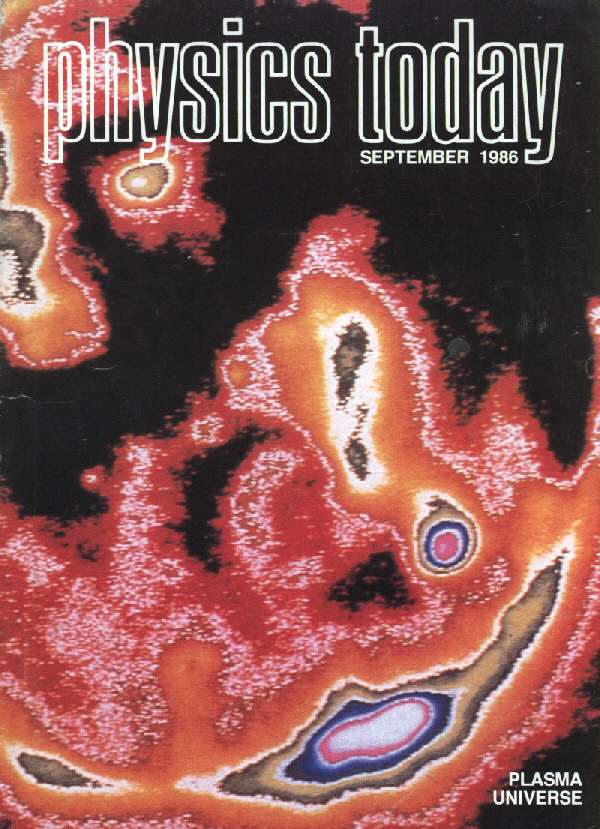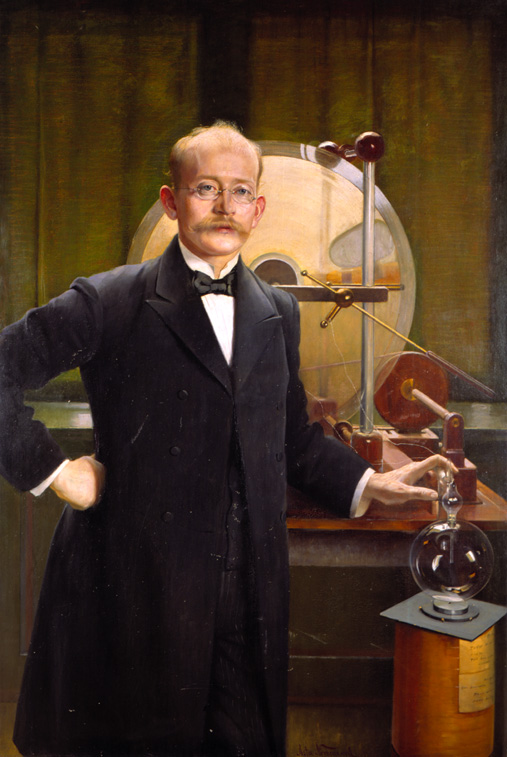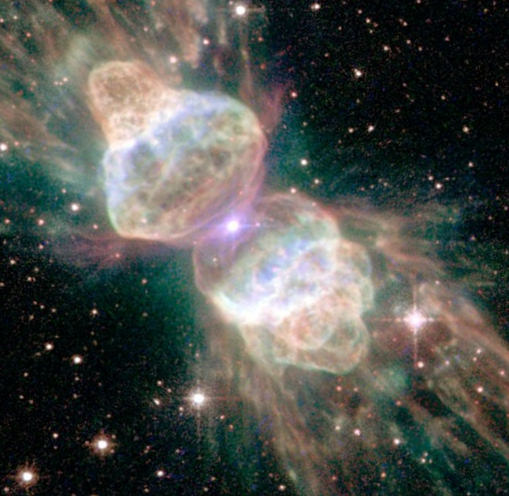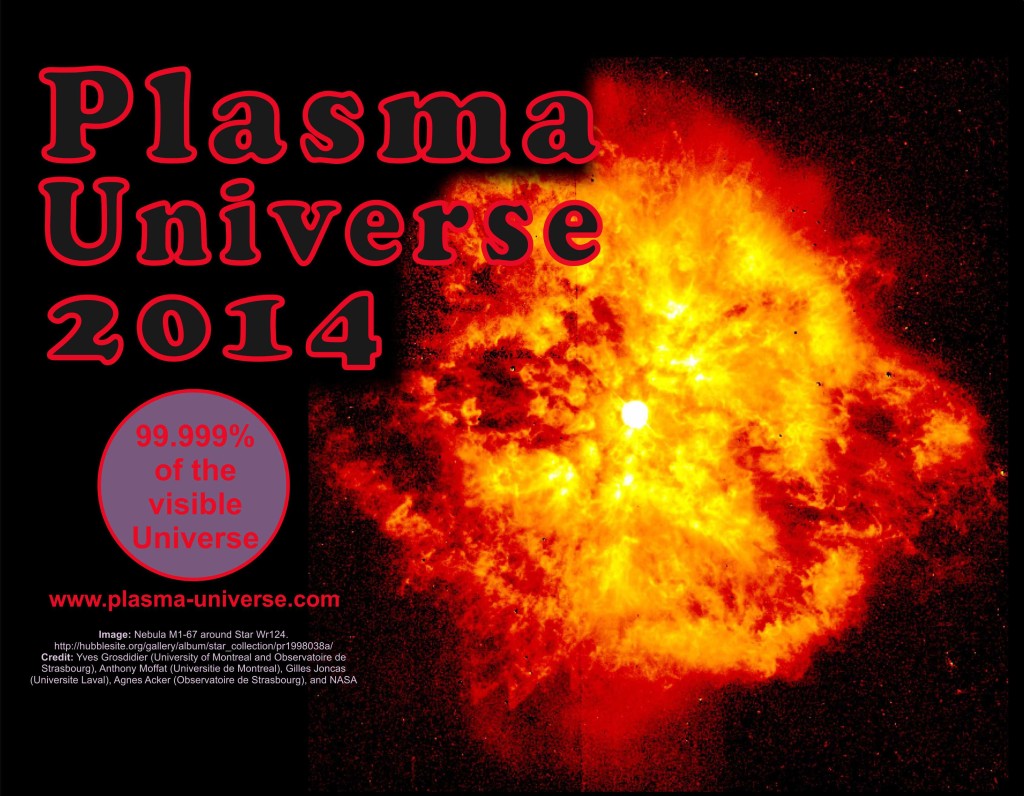Plasma Universe
The Plasma Universe is a model of the Universe in which plasma and its known laboratory properties, plays a more significant role in the Universe than is generally accepted. [1] [2] The Plasma Universe includes the applications of well-known plasma phenomena to many astrophysical fields, such as the acceleration of ions through electric fields in … Read more



